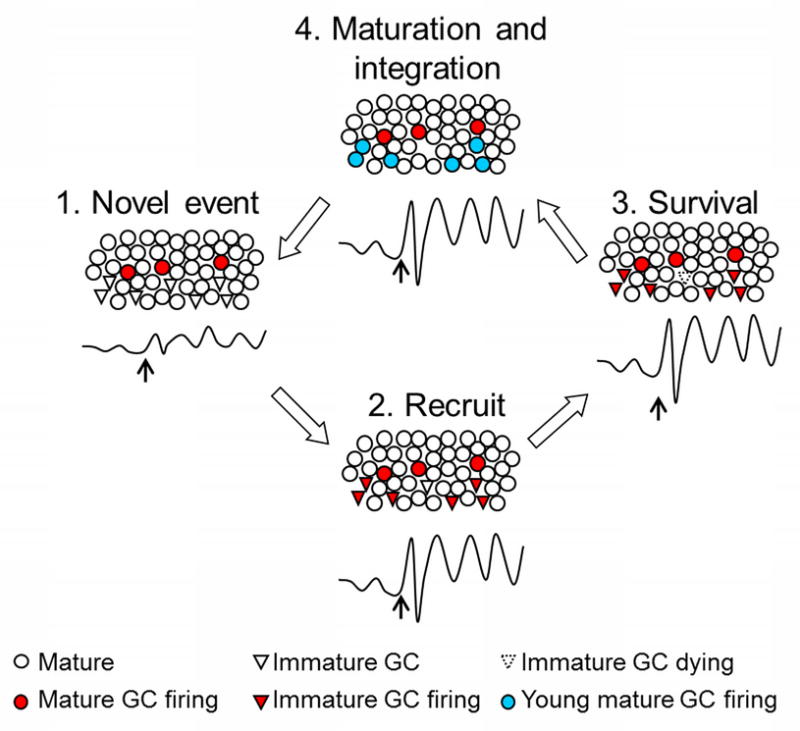Figure 3. A model of integration of adult-born immature neurons into functional networks within the dentate gyrus (DG).

We propose that when a novel event occurs, oscillatory activity, that is, synchronous firing of existing mature neurons in response to that event engages immature neurons to also fire in synchrony. These cells are thus recruited into the network. Immature neurons might be especially receptive because of their heightened excitability. At the level of the local field potential, joint activity of both mature and immature neurons would be manifested as increased synchrony and response magnitude. The new neurons might thereby enhance the quality of the output by improving both short (milliseconds) and long (days, months, years) term temporal coding. Eventually, the new neurons would survive because of their participation in the network activity. Once rescued from death, they would mature into neurons and participate in new learning related to the initial learning experience.
